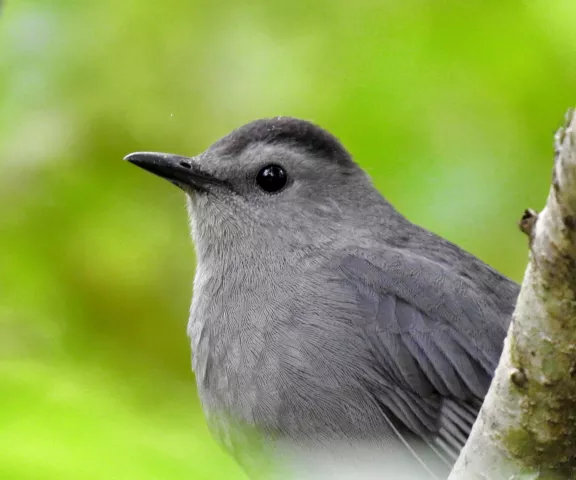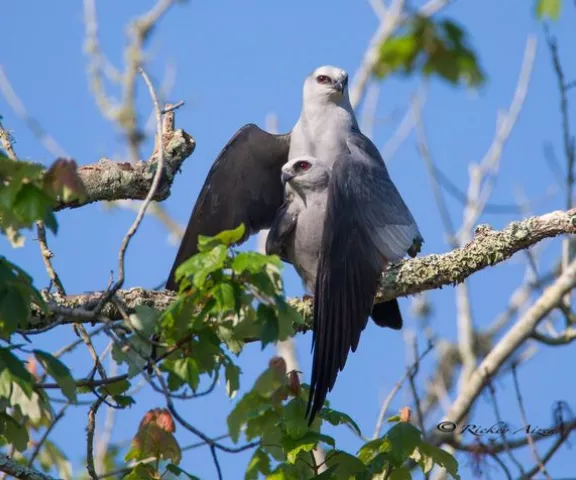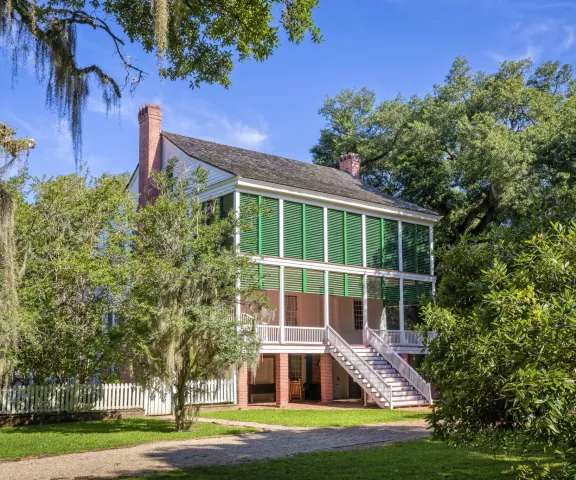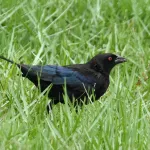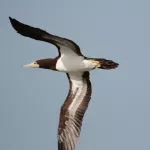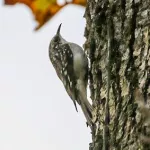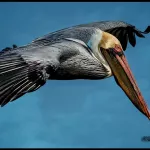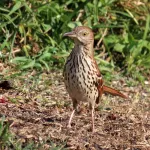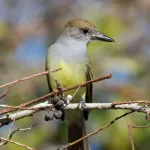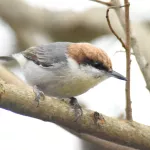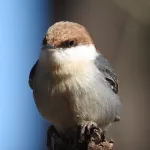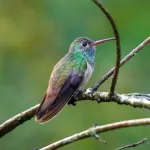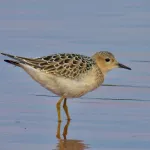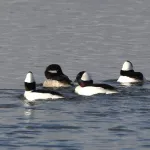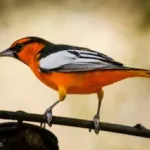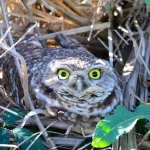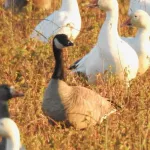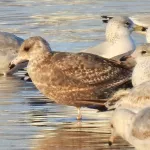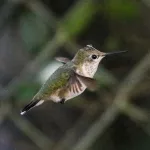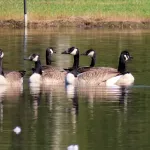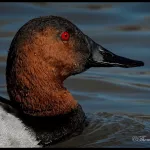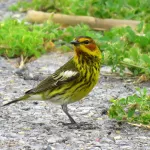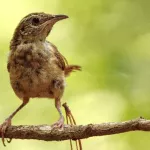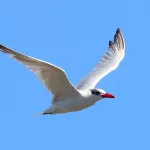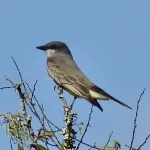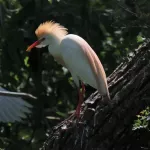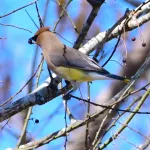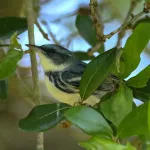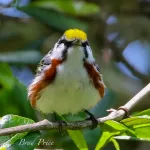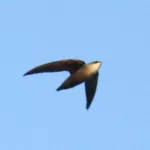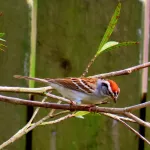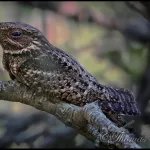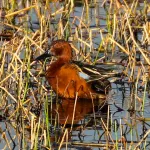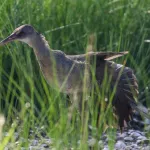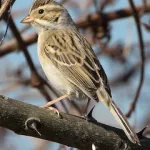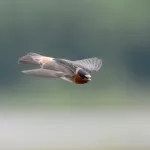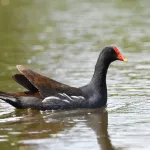Audubon State Historic Site is named after the most famous ornithological painter ever. John James Audubon spent time here, birdwatching and producing some of his most well-known bird paintings. Today, the park is a lush woodland with numerous mature live oak trees around the historic buildings and nature trail.
Typical canopy-loving birds include Mississippi Kite, Cooper's and Red-shouldered Hawks, Red-headed, Red-bellied, Downy, Hairy, and Pileated Woodpeckers, Great-crested Flycatcher, and Yellow-throated Vireo.
The nature trail runs through a mature forest filled with hickories, oaks, American elm, Southern magnolia, tulip poplar, and American sycamore. Common woodland species include Yellow-billed Cuckoo, White-eyed Vireo, Acadian Flycatcher, Brown Thrasher, Gray Catbird, Carolina Chickadee, Tufted Titmouse, Carolina Wren, and Northern Cardinal. Also present on the property are two ponds where species such as Wood Duck, Mallard, Pied-billed Grebe, Spotted and Solitary Sandpipers, along with wading bird species such as Great Blue Heron, and Great and Snowy Egrets can be observed.
The park features a portion of the original Oakley Plantation established by a Revolutionary War veteran in 1797. The house has been restored to its early 19th century look. There are also two cabins, a kitchen, and a barn of the period. There are daily tours of Oakley House and the grounds. Monthly programs interpret the site's history and often feature crafting demonstrations on select weekends. Amenities include paved parking, a visitor center, restrooms and drinking fountains, picnic areas, and a nature trail.
Directions
From Baton Rouge take U.S. Hwy 61 North for 20 minutes. Take a right on to La. Hwy 965 North and the park is 10 miles and will be on your right. From St. Francisville take U.S. Hwy 61 South to Hwy 965 North which will be on your left. Travel 10 miles and the park will be on your right.
Drinking Fountains
Gift Shop
Offers Programs & Activities
Parks & Nature
Visitors Center/Nature Center
